-
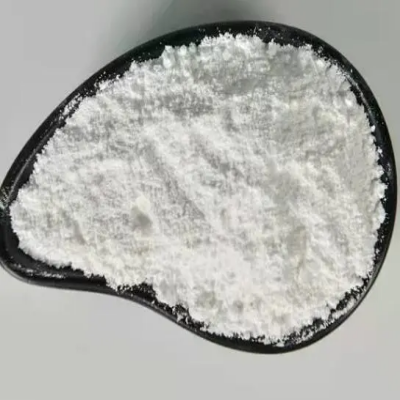
4,4′-oxydibenzenesulfonylhydrazide CAS:80-51-3
4,4′-Oxydibenzenesulfonylhydrazide is a white crystalline solid with the molecular formula C12H10N2O4S. It is sparingly soluble in water and commonly used as a reagent in organic synthesis. This compound is known for its utility in the preparation of photoinitiators, which are essential components in photopolymerization processes used in industries such as printing, coatings, and electronics.
-
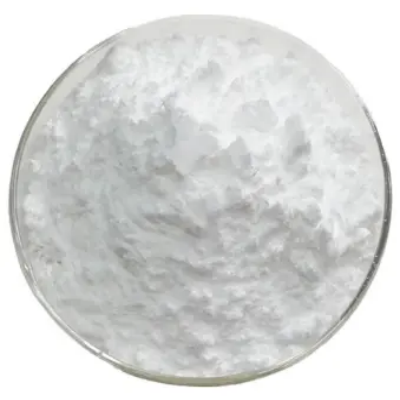
2,2-difluoroethanol CAS:359-13-7
2,2-Difluoroethanol, also known as 2,2-difluoroethyl alcohol, is a colorless liquid with the molecular formula C2H4F2O. It is soluble in water and exhibits reactivity in organic chemistry. This compound is primarily utilized as a versatile building block in the synthesis of pharmaceuticals, agrochemicals, and specialty chemicals due to its fluorinated structure.
-

1-Phenylcyclopentanecarboxylicacid CAS:77-55-4
1-Phenylcyclopentanecarboxylic acid is a chemical compound with the molecular formula C12H14O2. It is a white crystalline solid that is insoluble in water but soluble in organic solvents. This compound is often used as a building block in organic synthesis to create various pharmaceuticals, agrochemicals, and other specialty chemicals. Its structure consists of a cyclopentane ring with a phenyl group attached to a carboxylic acid functional group.
-
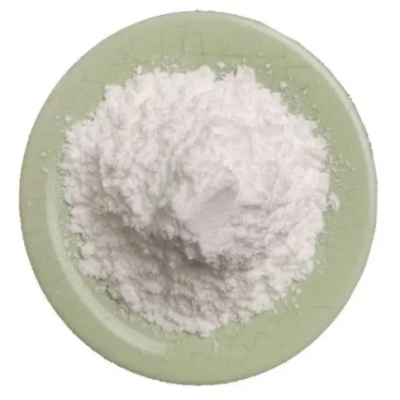
1-Methyl-2-pyrrolidinone CAS:872-50-4
1-Methyl-2-pyrrolidinone, also known as NMP, is a solvent with the chemical formula C5H9NO. It is a colorless to slightly yellow liquid with a mild amine-like odor, commonly used in various industrial applications. NMP is known for its high solvency power and versatility in dissolving a wide range of chemicals and polymers.
-
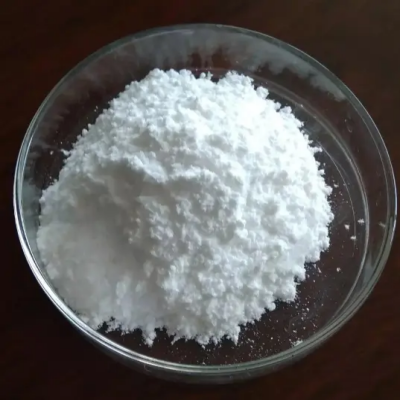
Chloramine-T CAS:127-65-1
Chloramine-T, also known as N-chloro-p-toluenesulfonamide sodium salt, is a white crystalline powder with the molecular formula C7H7ClNNaO2S. It is soluble in water and exhibits strong oxidizing properties. This compound is widely employed as a disinfectant and antimicrobial agent due to its effectiveness against bacteria, viruses, and fungi.
-
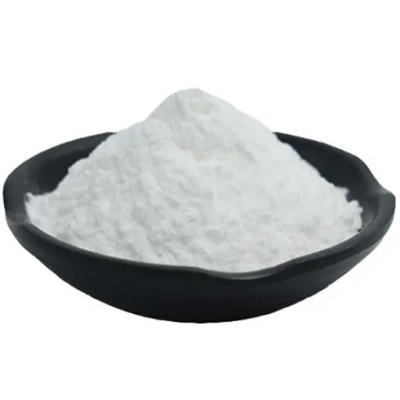
4-Chlorobenzonitrile CAS:623-03-0
4-Chlorobenzonitrile is a chemical compound with the molecular formula C7H4ClN. It is a white crystalline solid with a faint odor, commonly used as an intermediate in organic synthesis for the production of pharmaceuticals, dyes, and agrochemicals. This compound is known for its reactivity and ability to participate in various chemical reactions to form complex organic molecules.
-
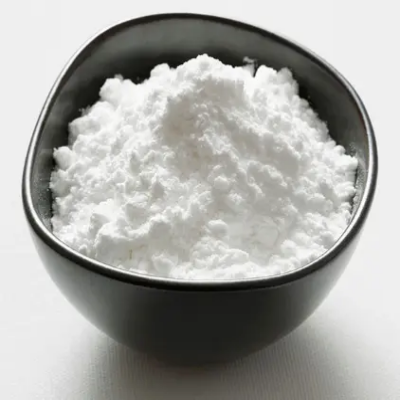
1,4-Dibromobutane CAS:110-52-1
1,4-Dibromobutane is a chemical compound with the molecular formula C4H8Br2. It is a colorless liquid with a strong odor, commonly used in organic synthesis and chemical reactions. This compound consists of a butane molecule with bromine atoms attached at the 1st and 4th carbon positions, making it a versatile reagent in various chemical processes.
-

ChloramineB CAS:127-52-6
Chloramine B, also known as N-chlorobenzenesulfonamide sodium salt, is a white crystalline powder with the molecular formula C6H5ClNNaO2S. It is soluble in water and exhibits strong oxidizing properties. This compound is widely recognized for its effectiveness in disinfection and microbial control due to its ability to eliminate bacteria, viruses, and fungi.
-

4-Dimethylaminopyridine CAS:1122-58-3
4-Dimethylaminopyridine (DMAP) is a tertiary amine with the chemical formula C7H10N2. It is a white crystalline solid with a characteristic amine odor, commonly used as a catalyst in organic synthesis. DMAP is known for its ability to facilitate various chemical reactions by enhancing reaction rates and selectivity.
-

benzenesulfonamide CAS:98-10-2
Benzenesulfonamide, or sulfanilamide, is a crystalline compound primarily known for its role as a sulfa drug. It belongs to the class of sulfonamides, which are antimicrobial agents used in the treatment of bacterial infections. Sulfanilamide works by inhibiting the growth and proliferation of bacteria, making it effective in combating a wide range of bacterial diseases.
-
![tert-Butyl 8-hydroxy-5-azaspiro[2.5]octane-5-carboxylate CAS:955028-95-2](https://cdn.globalso.com/xindaobiotech/314.jpg)
tert-Butyl 8-hydroxy-5-azaspiro[2.5]octane-5-carboxylate CAS:955028-95-2
tert-Butyl 8-hydroxy-5-azaspiro[2.5]octane-5-carboxylate is a chemical compound utilized in organic synthesis and pharmaceutical research. It consists of a spirocyclic ring system incorporating an azaspiro group, a hydroxy moiety, and a carboxylate ester function, with the tert-butyl group attached. This compound offers unique structural features that render it valuable for the synthesis of diverse organic molecules, particularly those with potential pharmaceutical applications.
-

trans-1-(tert-Butoxycarbonyl)-4-(3-(trifluoromethyl)phenyl)pyrrolidine-3-carboxylicacid CAS:169248-97-9
trans-1-(tert-Butoxycarbonyl)-4-(3-(trifluoromethyl)phenyl)pyrrolidine-3-carboxylic acid is a chemical compound utilized in organic synthesis and pharmaceutical research. It comprises a pyrrolidine ring substituted with a trifluoromethylphenyl group, a tert-butoxycarbonyl protecting group, and a carboxylic acid functionality. This compound exhibits trans configuration and is valuable for its unique molecular structure in the synthesis of diverse organic molecules, particularly those with potential pharmaceutical applications.

